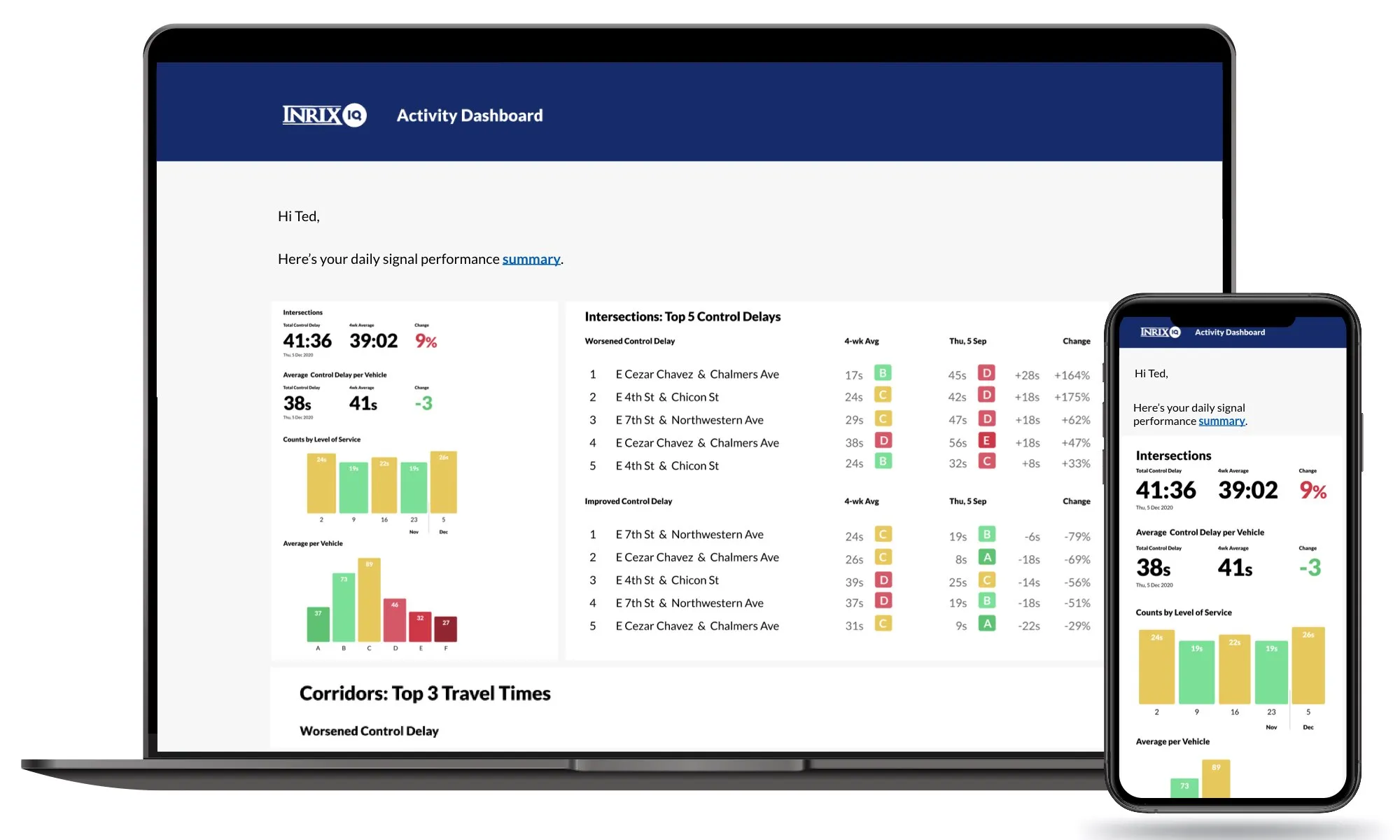The Municipality of Randers in Denmark is using Bluetooth technology from Danish company Blip Systems to improve traffic flow in the city. Consultancy company Cowi developed the Cowi CitySense system using BlipTrack sensors from Blip Systems. The popularity of Bluetooth technology makes it ideal for traffic monitoring, as increasing numbers of drivers use Bluetooth-equipped headsets or hands-free systems for their mobile phone. Small boxes with built-in Bluetooth sensors monitor traffic on a 2.5 km long st
December 14, 2012
Read time: 2 mins
The Municipality of Randers in Denmark is using Bluetooth technology from Danish company 3778 Blip Systems to improve traffic flow in the city.
Consultancy company Cowi developed the Cowi CitySense system using BlipTrack sensors from Blip Systems. The popularity of Bluetooth technology makes it ideal for traffic monitoring, as increasing numbers of drivers use Bluetooth-equipped headsets or hands-free systems for their mobile phone.
Small boxes with built-in Bluetooth sensors monitor traffic on a 2.5 km long stretch around Randers Bridge at Tørvebryggen and Havnegade; each time a driver with a Bluetooth device passes, its anonymous Bluetooth signal has been registered by the sensors, enabling the municipality to monitor the vehicle’s travel time and produce a clear picture of the traffic flow.
“We now use the information to adapt to the new traffic lights so that traffic can move faster during rush hour. When the new signals are set up, we will again conduct research on the stretch to see how it has worked and to possibly make adjustments to the new lights, “says Randers Municipality project manager, Henrik Kaldahl.
“We can use these measurements with great confidence,” says Cowi senior specialist Jonas Olesen. “The challenge of the pilot project in Randers was that cyclists and pedestrians carrying a Bluetooth device became part of the statistics. But with a few modifications, we managed to embed them in the system, enabling us to separate cyclists and pedestrians from cars. Randers is the first place we have used the system, so it is a kind of pilot project. It has given us some really good experiences and enables us to use Cowi CitySense in virtually all parts of the country,” he said.
Consultancy company Cowi developed the Cowi CitySense system using BlipTrack sensors from Blip Systems. The popularity of Bluetooth technology makes it ideal for traffic monitoring, as increasing numbers of drivers use Bluetooth-equipped headsets or hands-free systems for their mobile phone.
Small boxes with built-in Bluetooth sensors monitor traffic on a 2.5 km long stretch around Randers Bridge at Tørvebryggen and Havnegade; each time a driver with a Bluetooth device passes, its anonymous Bluetooth signal has been registered by the sensors, enabling the municipality to monitor the vehicle’s travel time and produce a clear picture of the traffic flow.
“We now use the information to adapt to the new traffic lights so that traffic can move faster during rush hour. When the new signals are set up, we will again conduct research on the stretch to see how it has worked and to possibly make adjustments to the new lights, “says Randers Municipality project manager, Henrik Kaldahl.
“We can use these measurements with great confidence,” says Cowi senior specialist Jonas Olesen. “The challenge of the pilot project in Randers was that cyclists and pedestrians carrying a Bluetooth device became part of the statistics. But with a few modifications, we managed to embed them in the system, enabling us to separate cyclists and pedestrians from cars. Randers is the first place we have used the system, so it is a kind of pilot project. It has given us some really good experiences and enables us to use Cowi CitySense in virtually all parts of the country,” he said.









